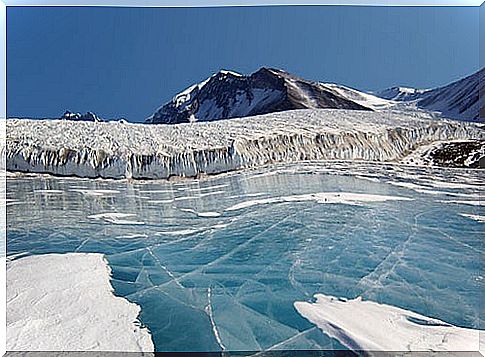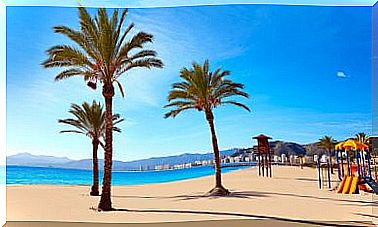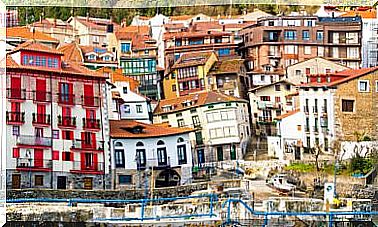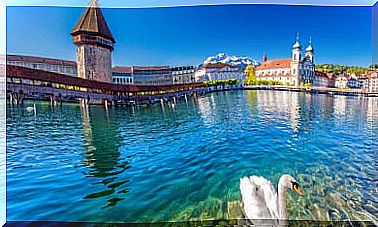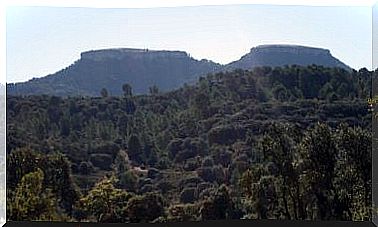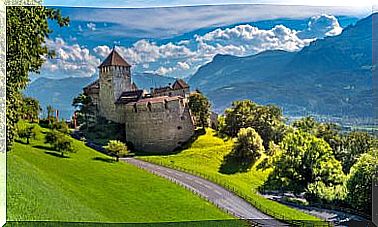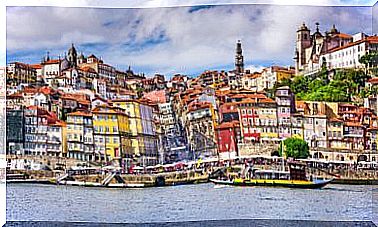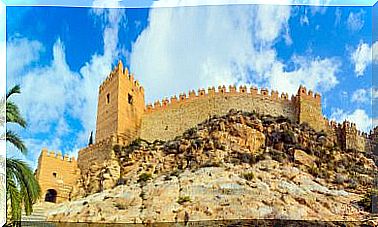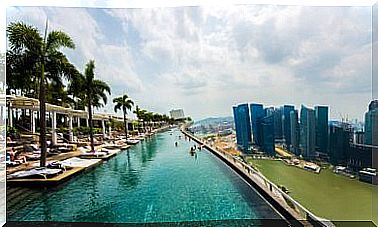The Climate In Spain Through History
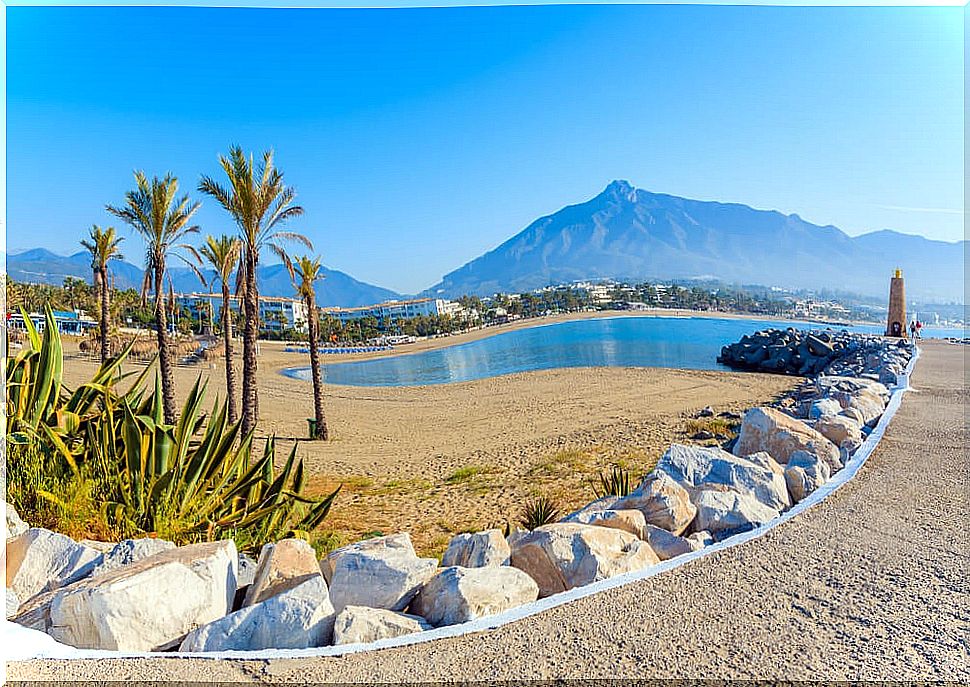
Throughout history, the climate of the territory that is now Spain has followed the general patterns and climate changes at a global level. Changes due to natural processes and that, in some periods of the past, gave climatic conditions totally different from those we have today in the Iberian Peninsula.
Next, we are going to present some data on the climate in the history of Spain. We will put emphasis on the last ten centuries of our era, although we will also make a point to distant periods in which the human being did not yet exist. Join us!
Climate in Spain: glacial and interglacial periods
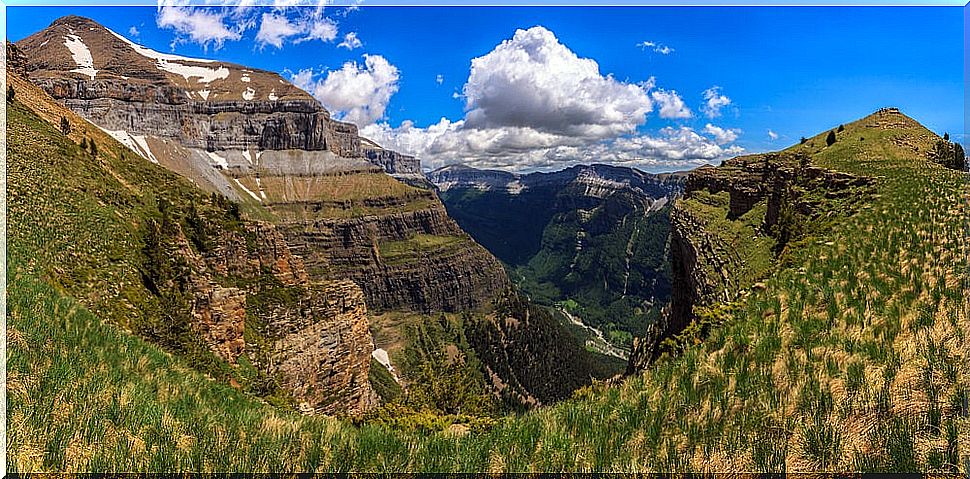
As we pointed out previously, the climate in Spain has repeatedly changed due to natural processes, in the same way that it has happened in the rest of the globe. The glacial periods, perhaps, are the best known. Glaciations are long periods where the global temperature decreases, causing the expansion of the polar caps, continental ice and glaciers.
According to scientists, we would currently be immersed in an ice age, as these are characterized by the existence of ice on both polar caps. Glaciology indicates that in the ice ages there are more temperate periods and other more severe ones. The coldest ones are called glacial periods and the milder ones, interglacial ones.
The last glaciation, that of Würm, ended about 10,000 years ago and gave way to the interglacial period in which we find ourselves, the Holocene. During this glacial period, it was very common for polar waters and icebergs to enter the Mediterranean through the Strait of Gibraltar.
In the Holocene, the climates of the Iberian Peninsula have become more arid and temperatures have gradually increased. A trend that, according to some authors, has been opposed to that which occurred in other areas of Europe and the North Atlantic.
The climate in the Iberian Peninsula in the last 2000 years
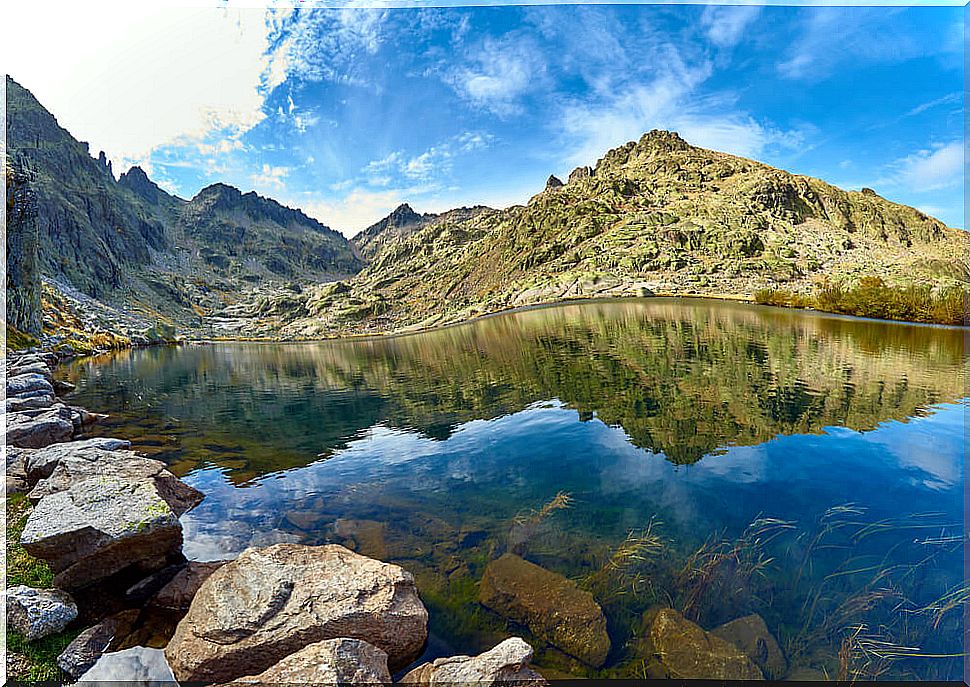
According to studies carried out by a multidisciplinary team of scientists using sediments from the Cimera lagoon, in the Sierra de Gredos, it has been possible to reconstruct the climatic variants in the center of the Iberian Peninsula in the last 2000 years.
The results obtained indicate that, during the year 200 BC to 500 AD, warm and cold periods alternated in the center of the peninsula. The winters were hot and humid and the summers hot as well. In the High Middle Ages (500 AD to 900 AD) the climatic conditions changed. Winters became colder and drier, but summers continued to be warm.
Climate in the late Middle Ages
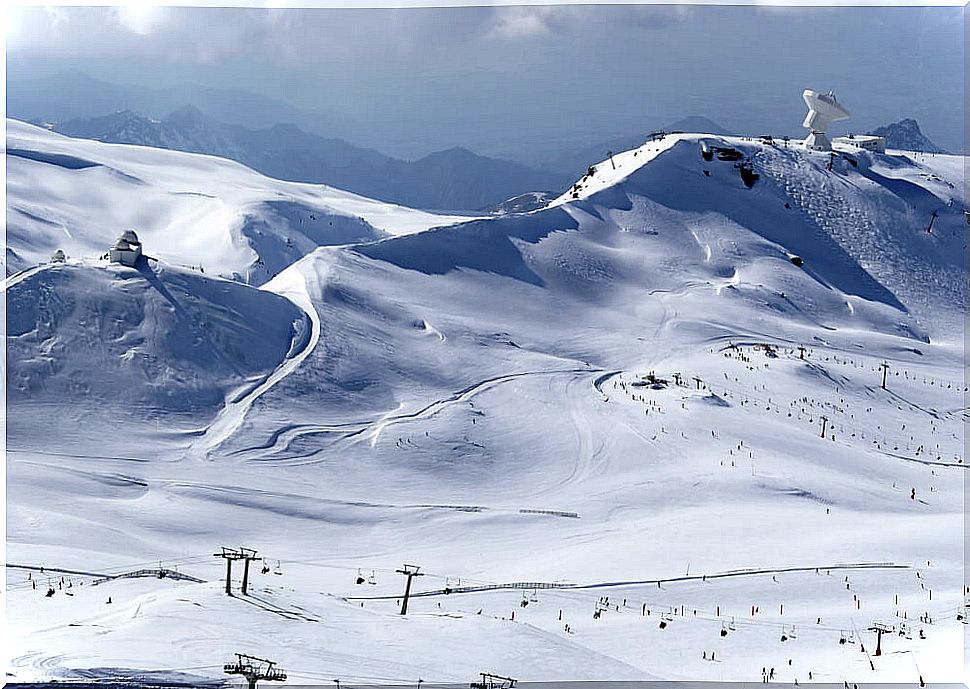
We know in great detail the climate of the last millennium in the peninsula thanks to studies of dendroclimatology. A study carried out in central and southern Spain allows us to point out that from the 10th to the 14th century the climate was extraordinarily hot (optimal medieval climate). From the fourteenth to the nineteenth a colder period followed.
The 11th century was a hot, dry time. The XIII was marked by the alternation of cold and warm periods. The data show that the century began with a cold period (1204-1223), followed by a warm period (1224-1243), a cold one (1244-1256), again a warm one (1257-1272) and ended with a cold one ( 1272-1300). The coldest years coincided with the rainiest and the hottest with the driest.
The fourteenth century was marked by climatic moderation. Only a few years stood out with some somewhat more extreme climatic conditions, mainly the droughts of 1303, 1304 and 1333. The following century was warmer but, unlike the previous one, there was a great climatic variety. There were 63 warm years and the coldest winters were concentrated between the years 1435-1445 and 1458-1469.
Climate in the Modern and Contemporary Age
The reconstructions made for the 16th century show us that the century began with a period of intense cold between 1504-1539. Regarding the rains, rainy and dry periods alternated. The same thing that happened in the previous century, but with more intensity. The strong droughts were protagonists in many moments of the century.
The following century the temperatures softened remarkably with respect to the previous one. The intensity of the rains and droughts also decreased. The data show that the seventeenth century was marked by rainy summers and springs.
At the beginning of the fourteenth century, a period of variable climate began with decreasing temperatures. The seventeenth century was the peak but it lasted into the eighteenth and early nineteenth centuries. This phase is known as the Little Ice Age
The Little Ice Age
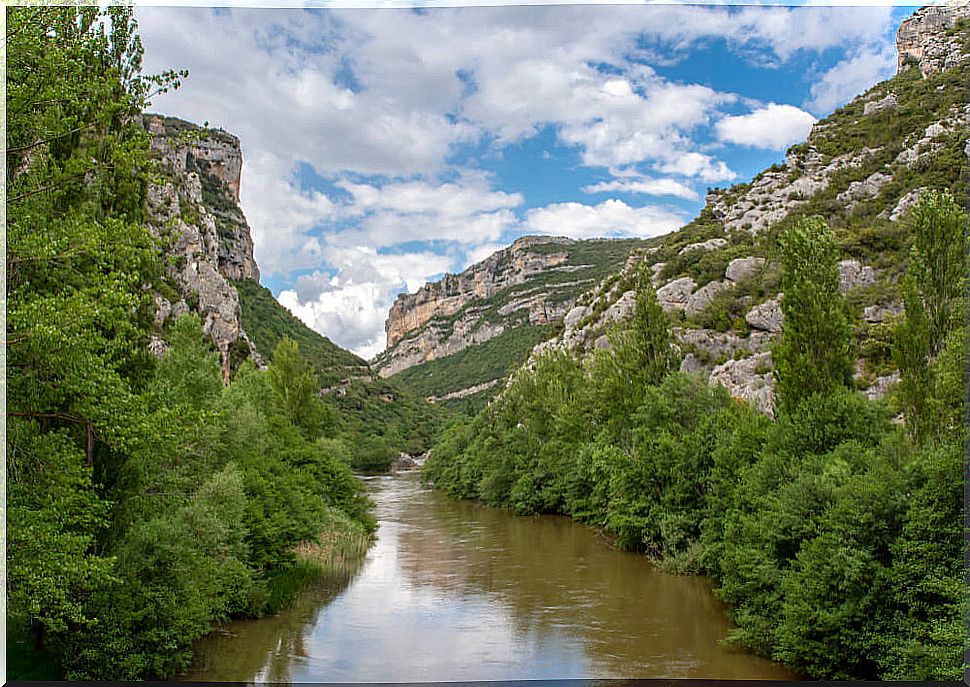
In this stage the climatic variability was very high. At the same time, there were episodes of varying intensity that aggravated instability (droughts, frosts or torrential rains).
In Spain, the Little Ice Age, according to historical sources, the decrease in temperature caused the Ebro river to freeze on more than one occasion, up to seven times from 1505 to 1789. They also speak of an extensive network of wells. snow that was built and maintained along the eastern Mediterranean in regions where a snowflake does not fall today.
The glaciers that exist today in the Pyrenees were formed during this period. A short time ago, observing Francisco de Goya’s painting The Executions of May 3, I paid attention to a detail that I had never taken into account, the clothes of the protagonists.
You can see how the French soldiers are warm to the teeth and those shot also wore warm clothes. With this image, Goya would be reflecting to us the cold periods of that Little Ice Age in Madrid. It is rare nowadays to walk through Madrid in coats in the month of May.
The weather in Spain today
During the Little Ice Age, climatic risks were very frequent and of greater magnitude than during the 20th century. From the middle of the 19th century to the present, with a vision of past centuries and taking the Little Ice Age as a reference, the current climate has more regular climatic conditions.
The researchers who carried out the studies in the Sierra de Gredos wanted to record the mark that the industrial era left on the climate of the peninsula. According to their observations, the effects of climate change influenced the behavior of the analyzed sediments and showed that in Spain “the most recent climate is being much drier and warmer.”
